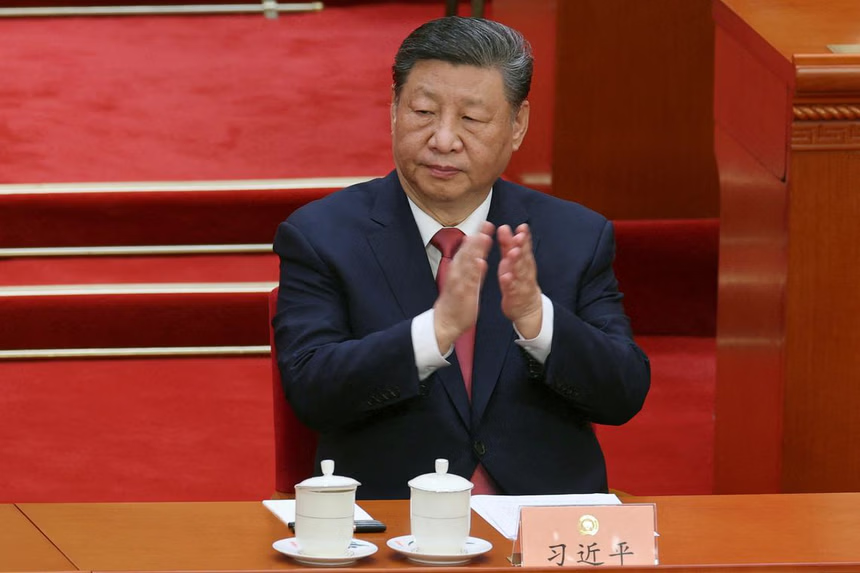China has responded to U.S. President Donald Trump’s latest tariff hike by significantly increasing its tariffs on American goods. On Friday, the Chinese Ministry of Finance announced that it would raise import duties on U.S. products to 125%, up from the previous 84%.
In a strongly worded statement, the ministry said continuing to increase tariffs would no longer make economic sense and called the U.S. moves “a joke in the history of world economy,” according to a CNBC translation.
The ministry also stated that U.S. goods no longer have a viable market in China, warning that Beijing would ignore further tariff threats.
This comes after the Trump administration confirmed its own tariff rate on Chinese imports had climbed to a total of 145%. The increase includes a new 125% reciprocal tariff and an additional 20% imposed earlier in the year in response to China’s alleged role in the fentanyl supply chain.
Despite the growing tension, a spokesperson from China’s commerce ministry said Beijing remains open to negotiations—but only on an equal footing.
U.S.-China trade relations have sharply deteriorated in recent days, with both sides launching retaliatory measures. China has also introduced broad restrictions on American businesses, further straining hopes for a peaceful resolution.
U.S. Treasury Secretary Scott Bessent criticized China for not engaging in talks, labeling Beijing as “the worst offender” in global trade and stating that this escalation would ultimately harm China more than the U.S.
Goldman Sachs has responded to the turmoil by lowering its forecast for China’s GDP to 4%, citing the negative impact of the trade conflict and slower global growth. Although Chinese exports to the U.S. make up only a small portion of the country’s overall GDP, the disruption affects millions of jobs, particularly in export-oriented industries.
China has reaffirmed its stance, stating it will continue to “resolutely counter-attack and fight to the end” if the U.S. persists in actions that threaten its economic interests.






